Gravel bike suspension: Everything you need to know
For hardcore gravel riding, there are several suspension options to reduce fatigue and empower your riding
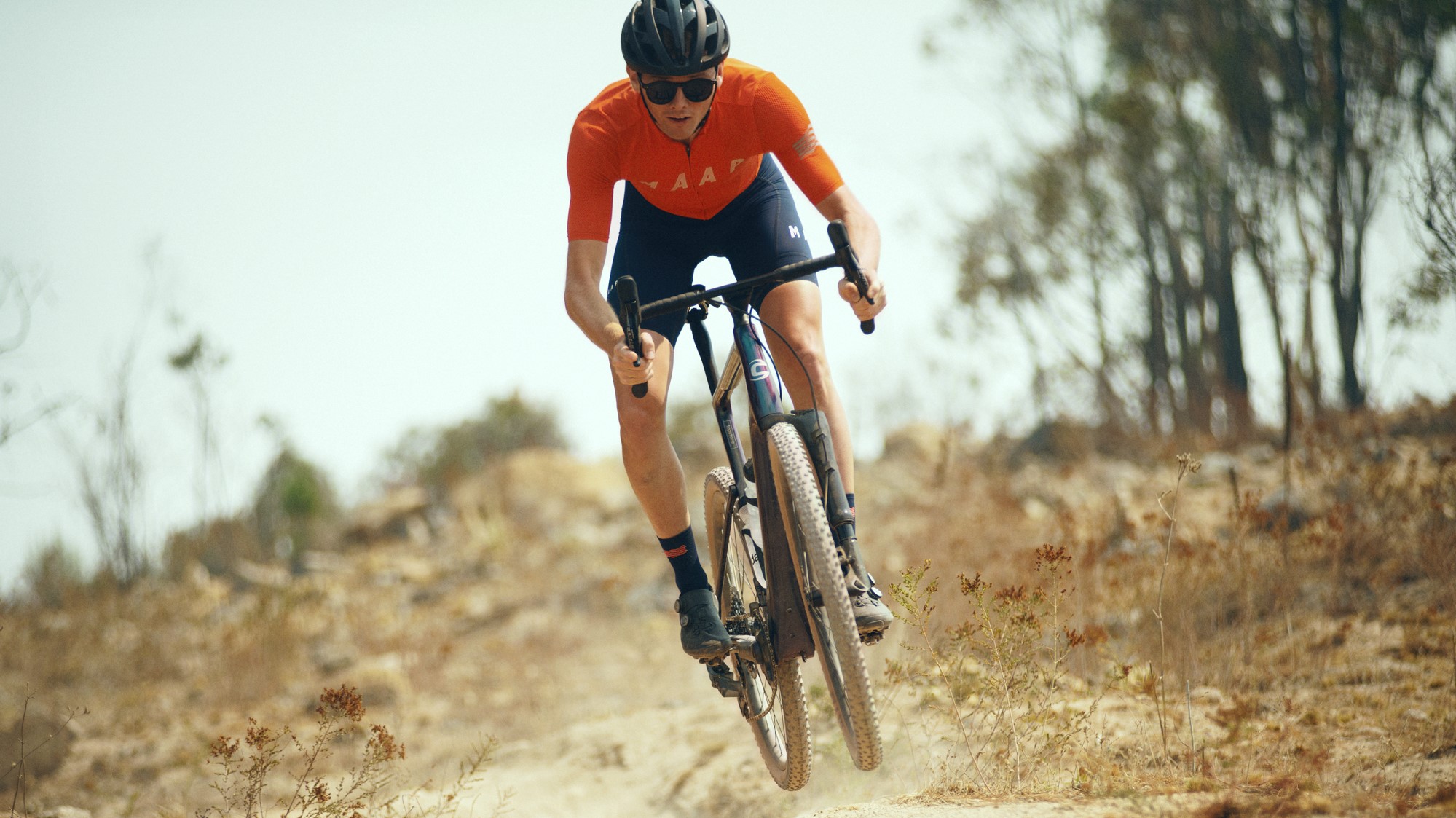
Gravel bikes are great, but even the best carbon or steel frames and forks can only do so much to mitigate terrain harshness. With the best gravel bike riders regularly venturing onto routes where corrugations are a reality and singletrack diversions are on offer, ride quality matters a lot.
There are a few ways that gravel bikes try and tame the harshness of rough roads. Boutique steel frame builders can weld thin-wall tubes in a manner that absorbs terrain vibration. The same principle applies to carbon-fiber frames – where composite engineers can orientate the fiber structure and layup for superior terrain absorption.
Having the best gravel bike tires is the other element where easy gains are made in terms of ride quality. Gravel bikes have evolved to a point where the frame and fork clearances are way beyond that of a CX bike. This allows for the use of 650b tires up to 2.1-inches wide if you want to maximize that low tire pressure benefit on a gravel ride.
However, despite clever frame/fork construction and larger volume tires, one of the best ways to increase comfort and control for gravel bike riders is by adding suspension.
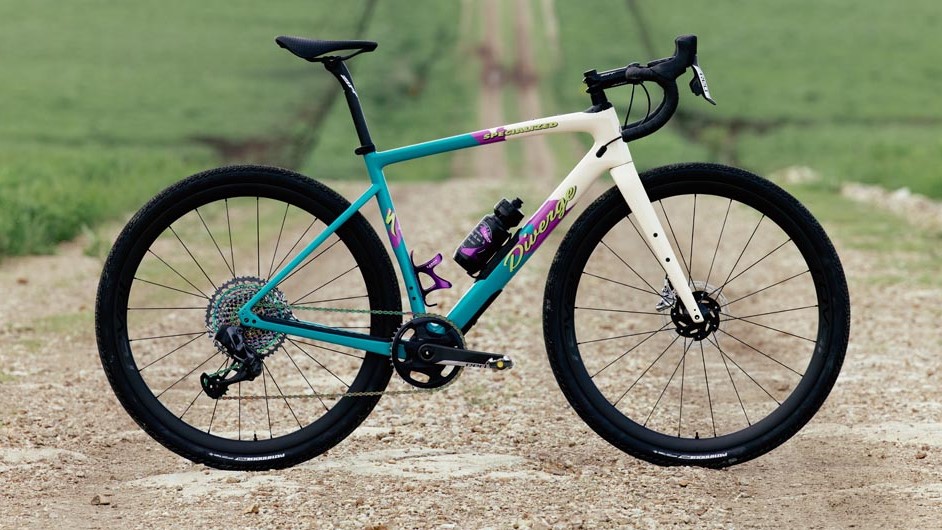
Helping the handlebar
Specialized has been a strong proponent of the gravel bike movement and its Diverge range offers the Future Shock.
It is a wonderfully simple idea: add 20mm of vertical path, coil-spring suspension between the head tube and handlebar. Most gravel bike riders don’t require a lot of suspension travel, so a low-maintenance solution with 20mm of terrain absorption is ideal.
Specialized’s Future Shock is sealed within the steerer, and a dust and splash cover drapes over it, keeping environmental contaminants out.
Moving suspension action from the axle to above the head tube is not new. Flex stems have been around for decades, although design and performance haven't always been delivered. That said, there are modern versions of the flex stem from brands like Redshift that offer decent performance.
BMC has a similar positioned suspension design that places the 20mm of suspension action below the head tube. While this is similar to the Specialized Future Shock, because it's under the frame means it actually performs in the same manner as a traditional telescopic suspension fork.
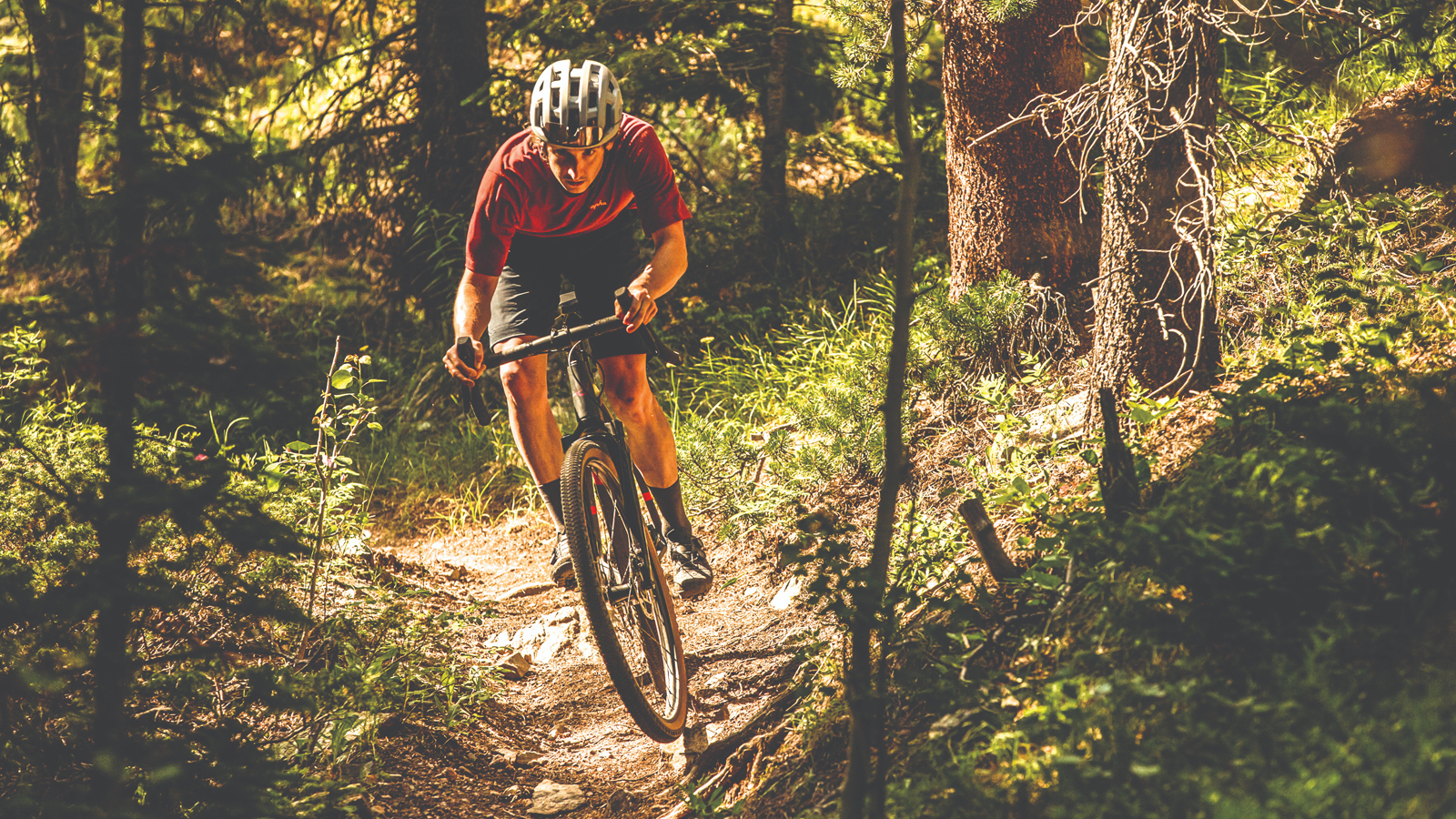
Short travel forks
Although early gravel bikes were of little interest to mountain bike suspension brands like RockShox, Fox and SR Suntour, that has all changed of late. As the gravel bike segment continues to grow and innovate, product planners at the anchor suspension brands have realized the marketability of short-travel forks.
There are now an array of options for those gravel bike riders who want the adjustability of a traditional coil- or air-sprung fork, with external configuration dials and switches.
RockShox has introduced the Rudy Ultimate XPLR, with an air-spring and top-dial lockout system. The Rudy Ultimate gravel fork is available with 30 or 40mm of travel.
Most core mountain bike suspension suppliers now market a short-travel gravel fork in the 30- to 60mm range. Fox has the 32 Taper-Cast, SR Suntour has the GVX and there is MRP’s Baxter, too. Even Cannondale produces a 30mm version of its Lefty fork, for gravel bike use, called the Oliver.
These forks are designed with an axle-to-crown height that doesn’t negatively influence the geometry of a gravel bike. That’s an important detail, as gravel bikes are mostly intended for rigid forks of a specific axle-to-crown size, that remains fixed and never sags.
If you are someone who doesn’t shy away from those occasional singletrack detours on a gravel bike ride, the short-travel air-sprung fork is a great option.
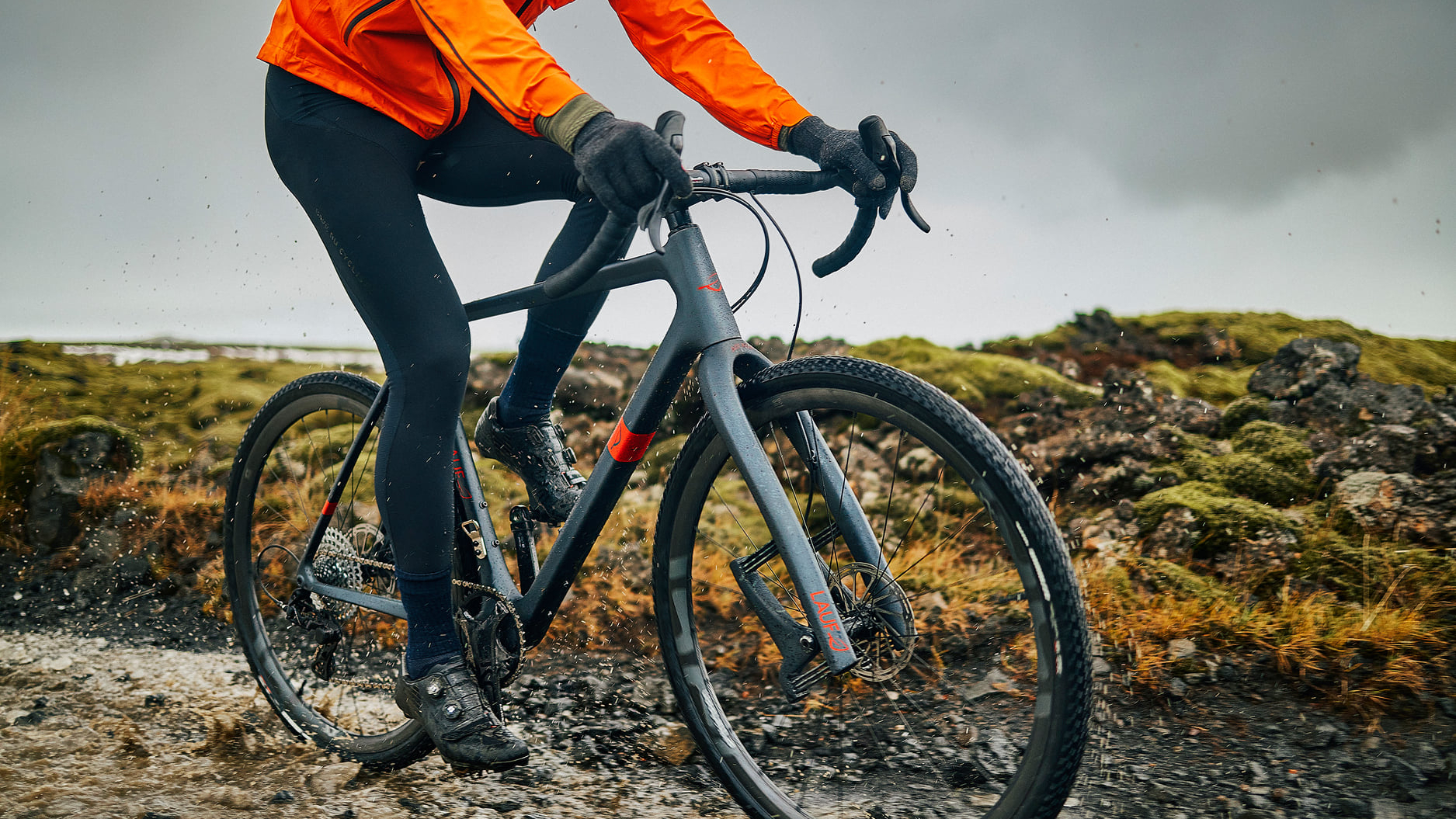
The low-maintenance leaf spring
If you like the idea of having suspension but don't want the added weight and service complications of a full suspension fork, Iceland’s Lauf has been a leader in low-maintenance designs for years.
The company works magic with advanced composites to create a fork that delivers 30mm of natural feel suspension action, without any oil compression circuit or air-spring.
Horizontal blades function as a traditional leaf spring system and they never require any maintenance. To prove its durability, Lauf has successfully tested its gravel bike fork design through 1.5 million compression and rebound cycles.
The Lauf forks are true fit-and-forget gravel bike suspension components, however by forgoing complicated valves and compression circuitry they don't offer any tuning potential for riders who wish to change the ride feel of the suspension.
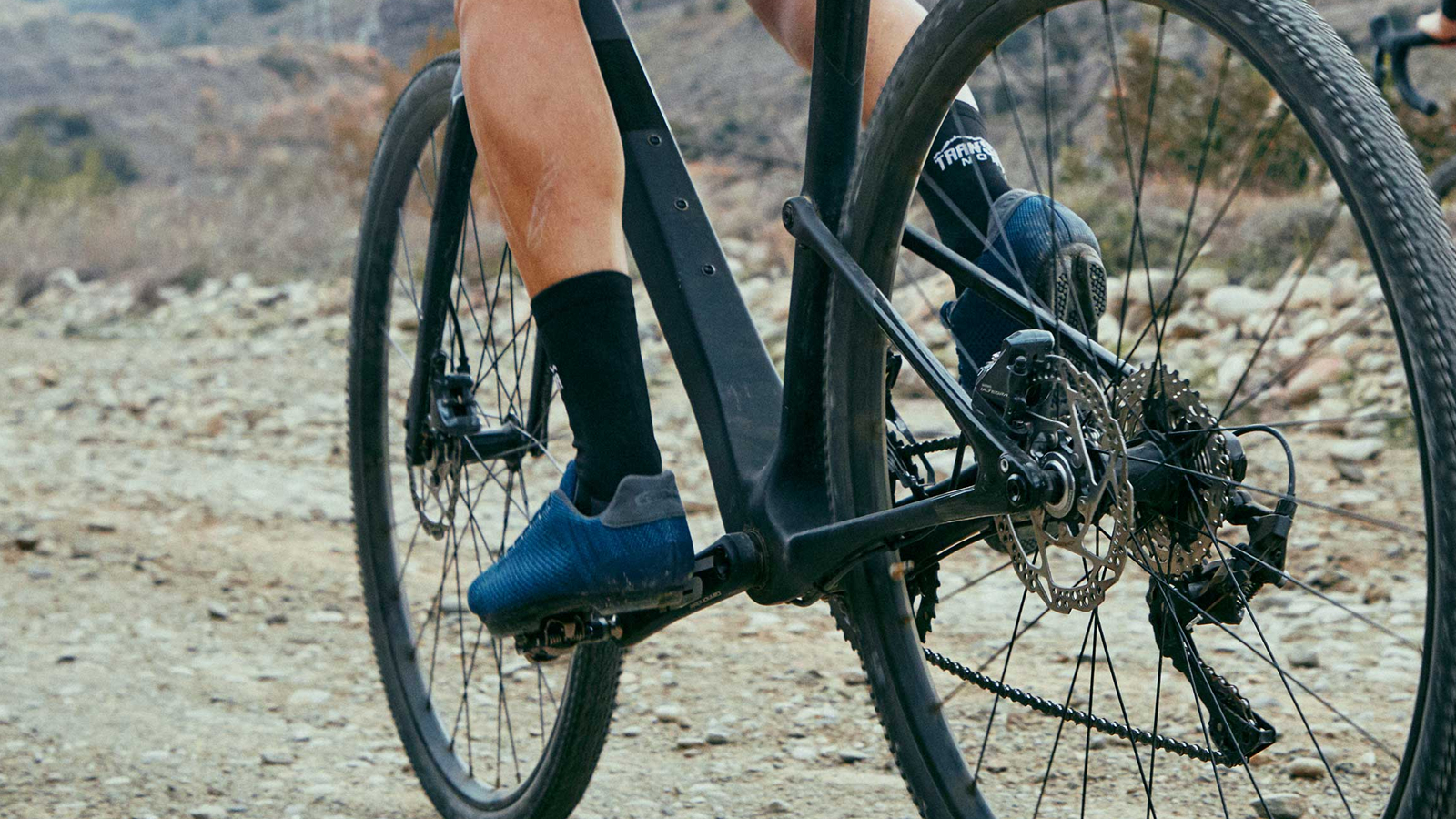
What about the rear?
If suspension companies are designing gravel bike forks, what about the rear suspension?
The issue isn’t creating slim and lightweight short-travel gravel bike shocks. But rather, the complexity of frame design to enable their use. Shaping two separate triangles and joining them with links adds cost, weight and another layer of maintenance for gravel bike owners.
Cannondale offers a dual-suspension gravel bike option with the Topstone. It has a carbon-fiber chainstay that can flex, paired with a seat tube pivot, making for 30mm of rear-suspension action.
The most sensible gravel bike configuration that shadows the idea of a dual-suspension mountain bike is a softail. BMC’s MTT rear triangle design, which is used on the URS gravel bike, uses an elastomer at the seatstay and seat tube junction. A self-lubricating bushing enables 30mm of rear triangle movement, supported by chainstays with engineered composite flex.
There are mountain bike-inspired suspension systems as well. Most notably the Niner MCR 9 RDO which uses a linkage-driven air shock to deliver 50mm of rear-wheel travel, truly blurring the lines between gravel bikes and the best lightweight mountain bikes.

Lance Branquinho is a Namibian-born journalist who graduated to mountain biking after injuries curtailed his trail running. He has a weakness for British steel hardtails, especially those which only run a single gear. As well as Bike Perfect, Lance has written for MBR.com, Off-Road.cc and Cycling News.
